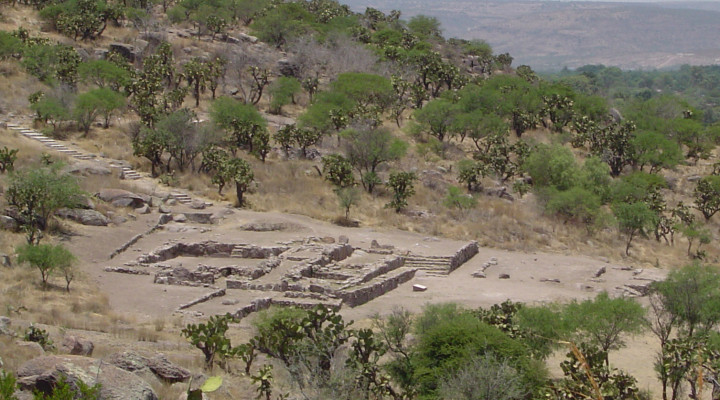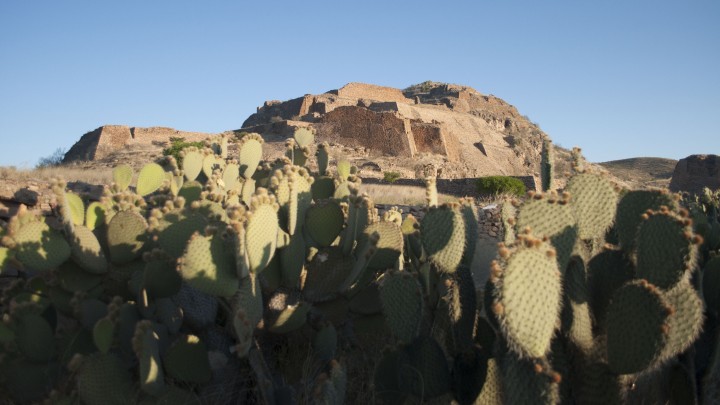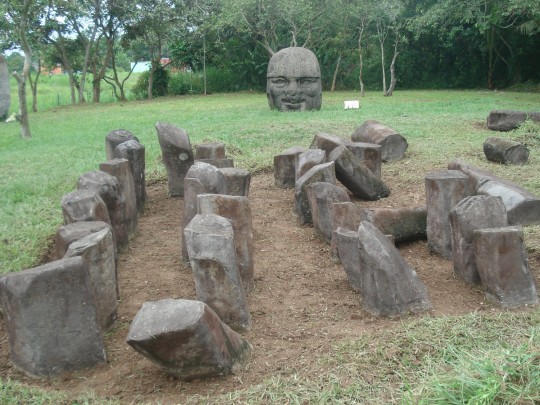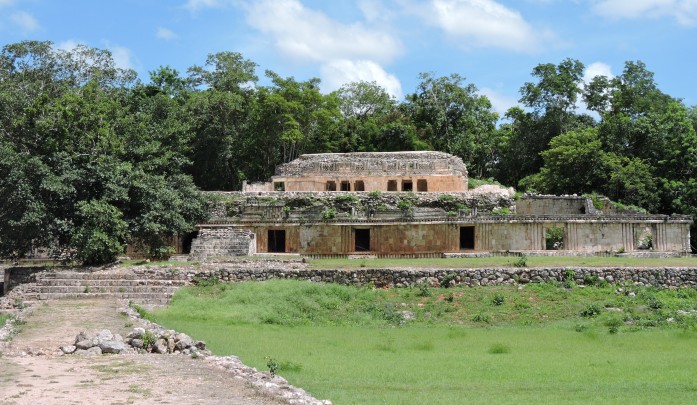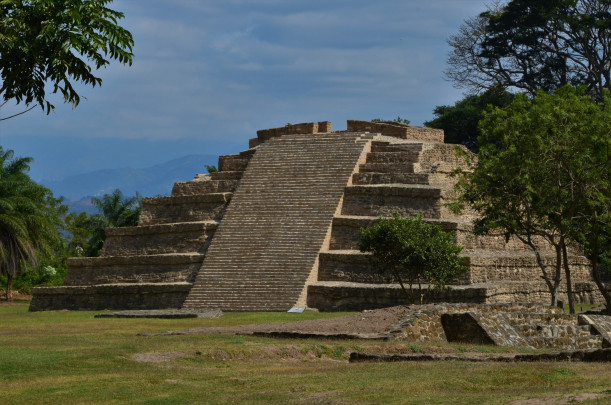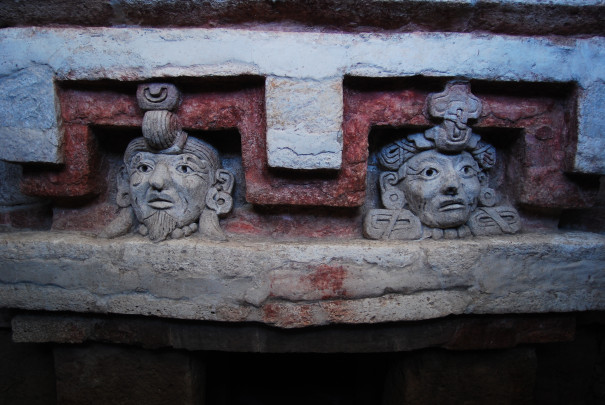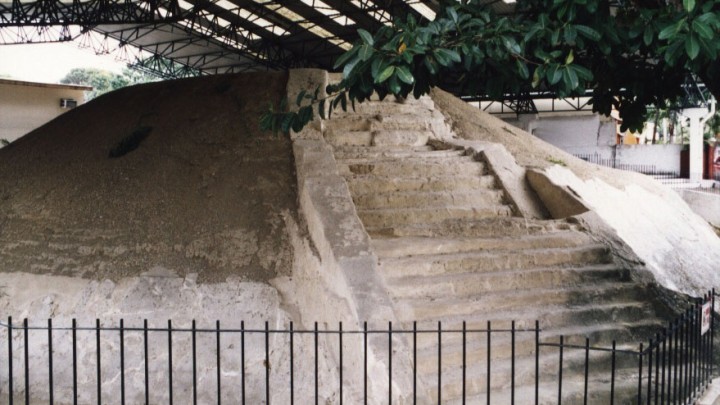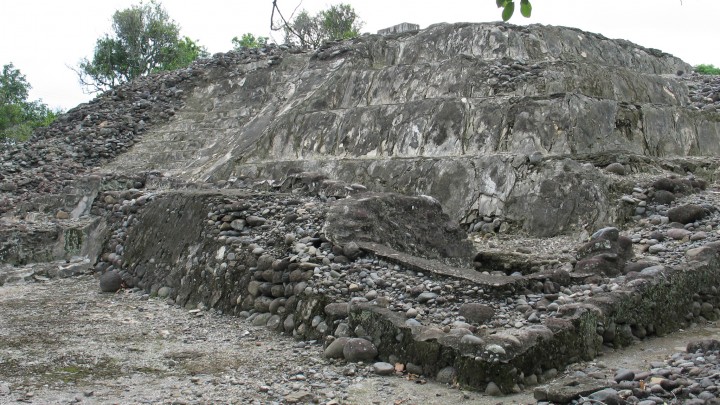189 Sites
This was an important religious center as shown by the circular foundations of its temples, a pyramid with a sunken courtyard, ballcourts, altars and terraces, plus mural and cave paintings. Believed to have been the most populous and extensive site in the Guadiana Valley.
Durango
Its origin remains a mystery. Some authors associate it with Chicomoztoc, a mythical place that the Aztecs passed through on their way to the Valley of Mexico. A powerful center of government, at its height it governed over 220 settlements and produced very distinctive architecture.
Zacatecas
One of the largest settlements of the Costa Chica. In its first stage it covered present-day Acapulco, and in the second it extended to the foothills of the Cerro de la Bola, where 38 splendid stone carvings have been found with figures of animals, calendar counts and images of Tlaloc.
Guerrero
One of the first cities of ancient Mexico (1200-400 BC), set in a region of lush vegetation. The imprint of the mysterious Olmecas appears in the urban layout, the amazing stone sculptures—some of them weighing up to 35 tons—and the jade offerings found here.
Tabasco
Although this is a small city, it houses three jewels: its beautiful Arch of richly carved stone; the Palace, whose facade has numerous masks of the god Chaac, and the Mirador (lookout point). It was declared a World Heritage Site together with Uxmal, Sayil and Xlapak, under the title of the Pre-Hispanic Town of Uxmal.
Yucatán
John Lloyd Stevens described it as “a wild place of incomparable beauty…” The great civic and religious center is located on the island of El Limonal (lemon grove) and the rest of the vestiges are dispersed on little islands and peninsulas in present-day Lagos de Colón.
Chiapas
Its main activity was trade and production of salt. Contemporary with Monte Albán, the Zapotec lineage established here left a historical artistic bequest of magnificent stucco reliefs and artefacts made of bone, as well as mural paintings that can still be seen.
Oaxaca
This ancient Huasteca city (1000 – 1250 AD) is situated in the urban area of Tampico, whose growth has destroyed most of the site. However, there still remains the remarkable Pyramid of the Flowers, the study of which has thrown light on this culture.
Tamaulipas
The greatest legacy of Totonac art. This site flourished between 600 and 900, and offers a unique insight into the development of the area's people through the astonishing murals of ritual scenes, temples, people, animals and symbols painted on the walls of its structures.
Veracruz

